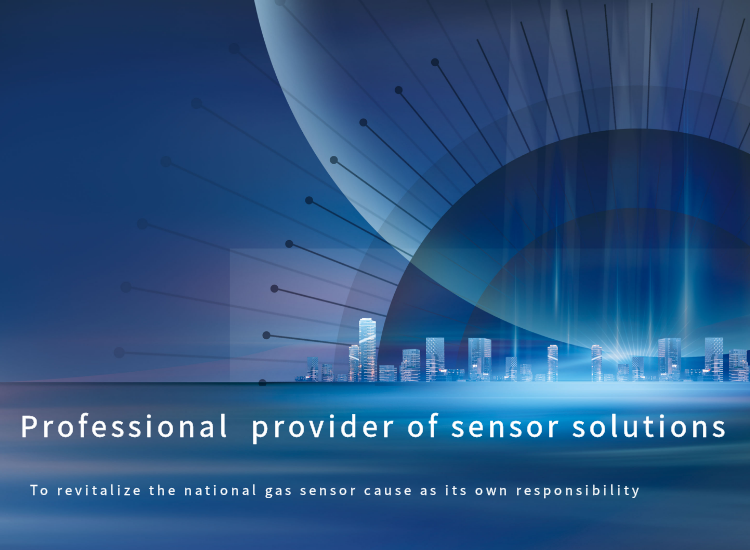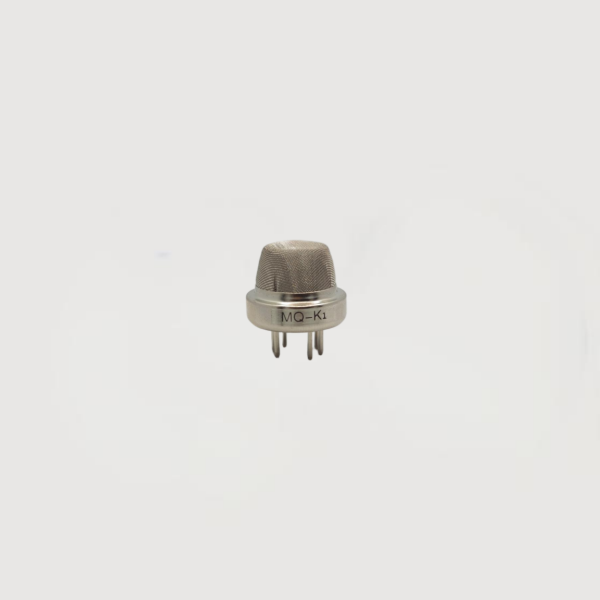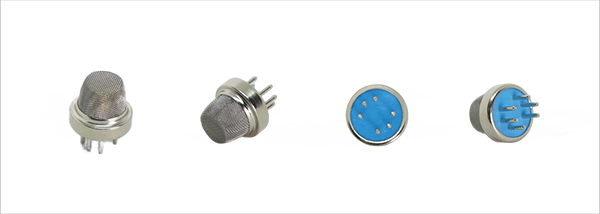

 Products
Products Air Quality (VOC) Sensor
Air Quality (VOC) Sensor
for kitchen ventilator
Application:
For home device in monitoring harmful gas, such as automatic exhaust device, air cleaner, kitchen ventilator and so on.Product characteristics:
low powerPerformance
Scope of application: MQ-K1 gas sensors apply to the home device monitoring harmful gas, such as automatic exhaust device, air cleaner, kitchen ventilator and so on. It’s sensitive to reducing gas such as ammonia(NH4), hydrogen(H2), alcohol(C2H6O), carbon monoxide(CO), methane(CH4), propane(C3H8), glycerol, styrene(C8H8), propanediol(C3H8O2), hydroxybenzene, methylbenzene(C7H8), ethylbenzene(C8H10), dimethylbenzene(C8H10), formaldehyde(CH2O) and any other organic volatile gas, smog and soot.
Product images

Technical specification
| Model | MQ-K1 | ||
| Product type | Semiconductor gas sensor | ||
| Packaging form | Metal packaging | ||
| Test object | VOC Air Quality | ||
| Temperature range | Operating temperature:-10℃~+50℃ Storage temperature:-20℃~+60℃ | ||
| Humidity range | <95%RH | ||
| Test range | Gas concentration 100~10000ppm | ||
| Standard circuit parameters | Heating voltage(DC) | VH | 5V±0.1V |
| Heating voltage(DC) | VC | 5V±0.1V | |
| Load resistance | RL | variable | |
| Electrical parameters under standard test conditions | Heating wire power | PH | ≤800mW(VH=5V) |
| Response time | TX | ≤20S | |
| Recovery time | TH | ≤30S | |
| Standard test conditions | Temperature and humidity range | 20±2℃,65±5%RH | |
| Test circuit parameters | DC VH=VC=5V±0.1V RL=10K±1% | ||
| Aging time | 24 hours | ||
| Service life | 5 years | ||
Test Circuit
Storage period and power-on stability time:
| Storage time | Recommended power-on stabilization time when using |
| Within one month | 8h-12h |
| Within half a year | 12-18h |
| One year or more | 18-24h |
Application
The product is suitable for use as a sensor element in monitoring equipment such as automatic exhaust devices for detecting harmful gases in home environments, detection instruments for air purifiers, and range hoods.

TenSensor, China's first listed gas sensor company,Tensensor can provide more than 100 varieties of six series including:
semiconductor gas sensor
electrochemical gas sensor
infrared gas sensor
dust sensor
pyroelectric sensor
thermopile sensor, etc.
which can be used for more than 200 kinds of gas and infrared, dust and other indicators detection, widely used in the field of security for detecting gas leakage, noxious gas leakage, smog and fire, the field of family, office and factory for detecting HCHO, VOC, CO2, PM2.5 and so on.
Moreover, the solutions for security, household electrical appliances, consumer electronics, smart home, instruments and meters are available.
For more information about MQ-K1 sensor, please contact account manager.
TEL:0086-0351-5249552
Whatsapp:+86 18335818384
Email:[email protected]
Request Consultation